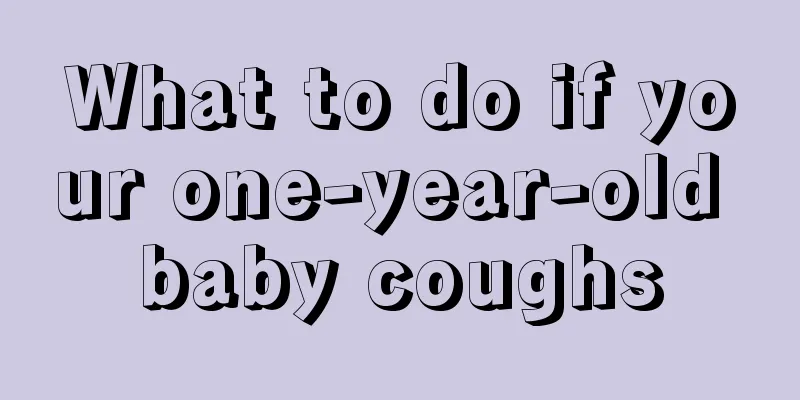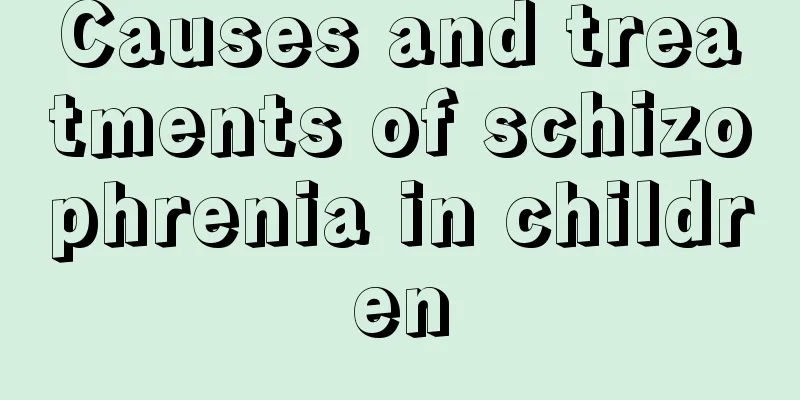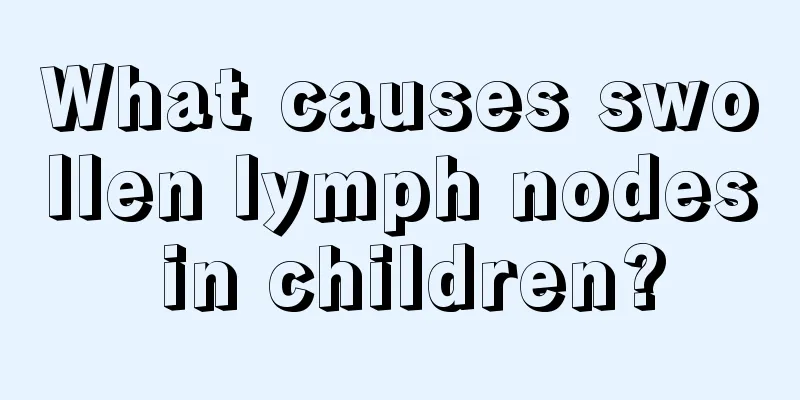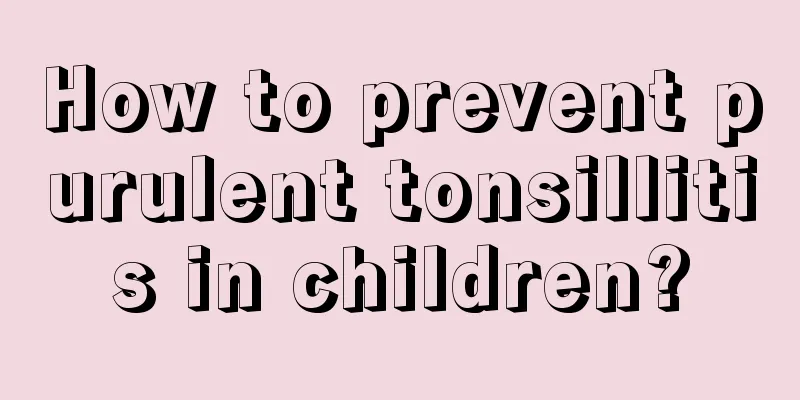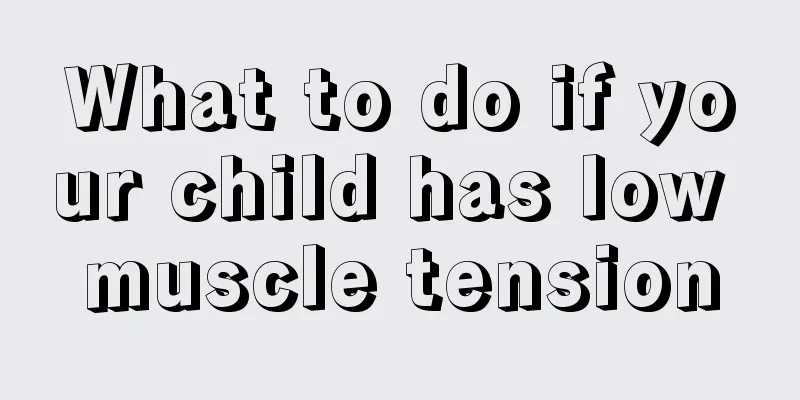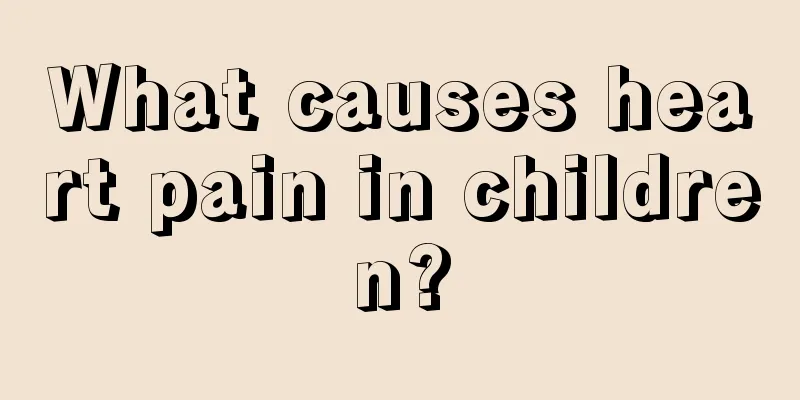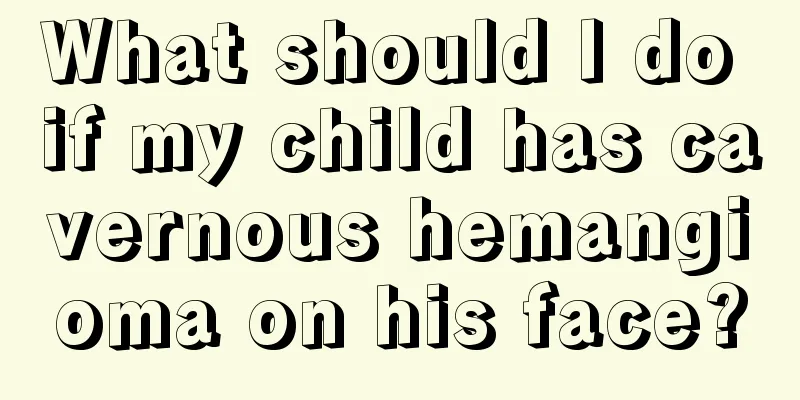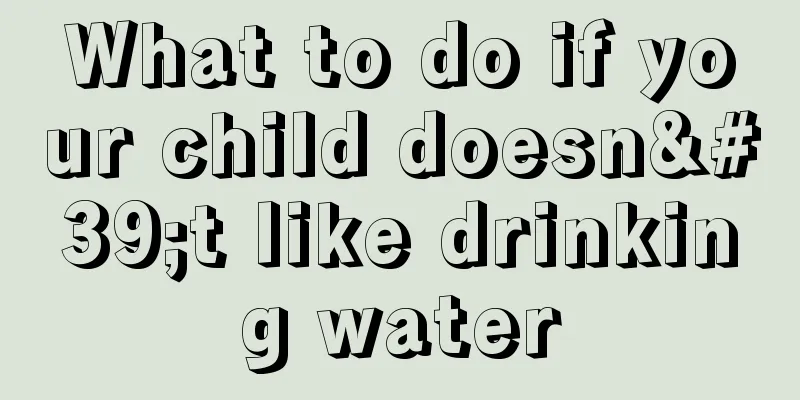What are the late symptoms of herpetic pharyngitis in babies?
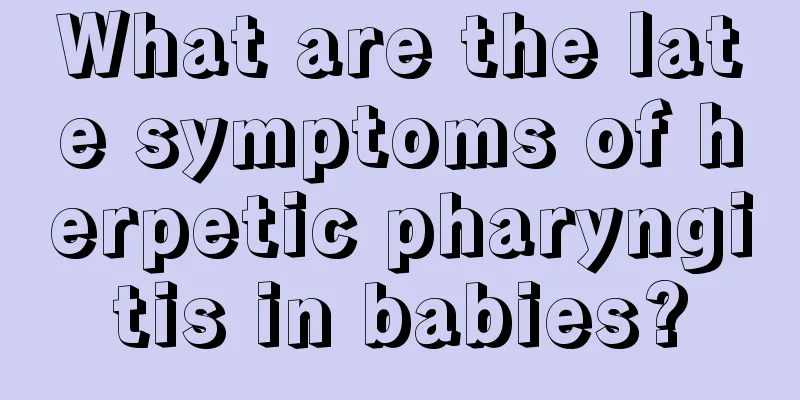
|
Herpangina is actually similar to hand, foot and mouth disease. Herpangina is a disease caused by enterovirus infection and is transmitted through contact or respiratory tract. The incubation period of herpangina is generally 2-7 days. It usually occurs in the summer, and infants under 5 years old are most susceptible to the disease. So, many parents will worry about what symptoms their baby will have in the later stage of herpetic pharyngitis? What are the symptoms of herpetic pharyngitis The onset of herpangina is very rapid. Infants suffering from the disease often experience high fever, sore throat, drooling, anorexia, and often pain in the neck, abdomen, and limbs. In severe cases, vomiting may occur. Within two days of the onset of the disease, a small number of gray-white blisters will appear on the patient's oral mucosa, surrounded by a red halo. These blisters are more common on the front of the tonsils, but can also be located on the soft palate, tonsils, uvula, tongue, etc. Within the next two or three days, the blisters will rupture and turn into shallow ulcers. When the herpes breaks into small ulcers, the child will feel very uncomfortable and often cry incessantly. What to do if you have herpetic pharyngitis Once a baby is infected with herpetic pharyngitis, blisters will form in the mouth, which will be very painful, and the baby will not be able to eat well or even sleep well. This is a very testing moment for parents. What can be done to make the baby feel more comfortable? 1. Keep your mouth clean. You can rinse your mouth with light salt water or warm water; 2. Encourage children to drink more water. During special periods, drinking water can relieve throat pain. Eat porridge, milk, rice noodles and other liquid foods to replenish energy; 3. Do not use antibiotics blindly. Antibiotics are ineffective for viral pharyngitis. If there is fever, antibacterial drugs should be given to control secondary bacterial infection. If the child has a persistent high fever, he should seek medical attention immediately; 4. When you have a fever, you should use physical methods such as warm water baths and cooling patches to reduce the temperature. When the fever is high, you can use medication to reduce the temperature. If your baby is between 0 and 3 years old, parents should pay special attention. Once they find that their baby has a persistent high fever, convulsions, twitching, or vomiting during sleep, they should not hesitate and take the child to the emergency room immediately. |
<<: How to care for a one-year-old baby with herpetic pharyngitis?
>>: Children have a rash after a high fever
Recommend
2 year old baby breakfast
For families with babies, the most important thin...
What anti-inflammatory medicine should a child take if he has a skin breakout?
It is inevitable that children will have bumps an...
What to do if your 2-year-old baby doesn't like to eat
In life, we often see such scenes: several adults...
What are the symptoms of autism in children
Of course, parents hope that their children can g...
What material is better for baby crawling mat?
When choosing a baby crawling mat, you will alway...
Is it good for children to speak early?
We all know that babies cannot speak when they ar...
Treatment of high C-reactive protein in babies
Many of our babies may have high C-reactive prote...
Can children eat cicadas?
There are a lot of cicadas in summer, they can be...
Is it serious if the inside of a newborn's lips turn purple?
Many parents are very concerned about their child...
How to diagnose spina bifida in newborns
Spina bifida is a very serious disease. Part of t...
Mycoplasma weak positive in children
If a child is found to be weakly positive for myc...
What should I do if my one-year-old baby suddenly cries while sleeping?
One-year-old babies already have some expressive ...
How to use blood-replenishing diet therapy for children?
What should we do if our children lack qi and blo...
How to turn the foreskin of a child
Nowadays, many children have the phenomenon of fo...
My 8-year-old daughter has precocious puberty
Because many foods now contain ripening agents, i...
